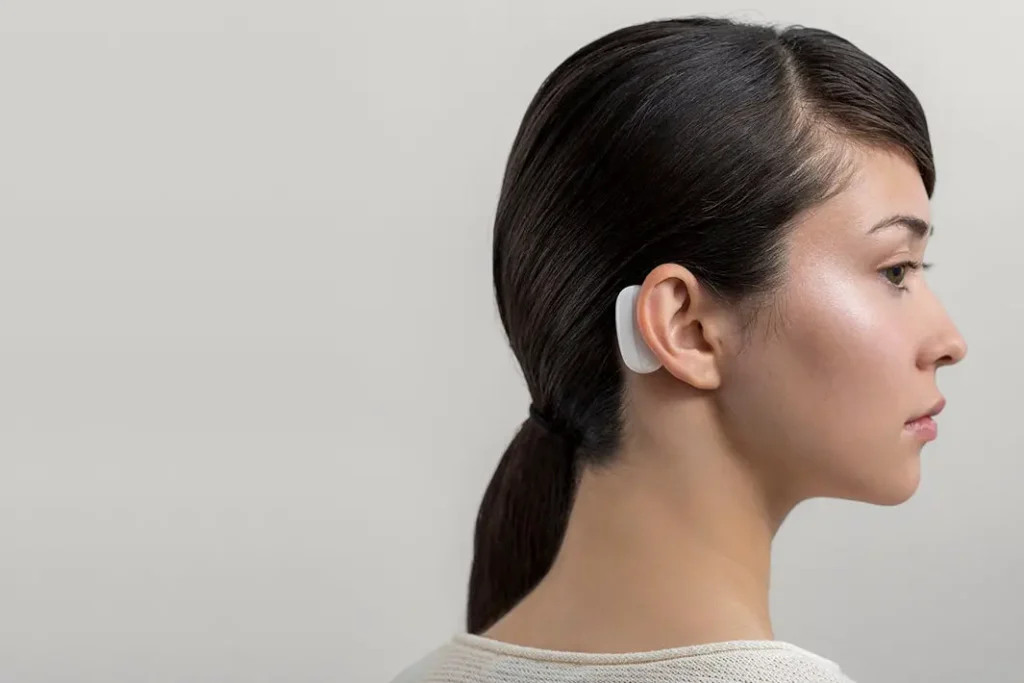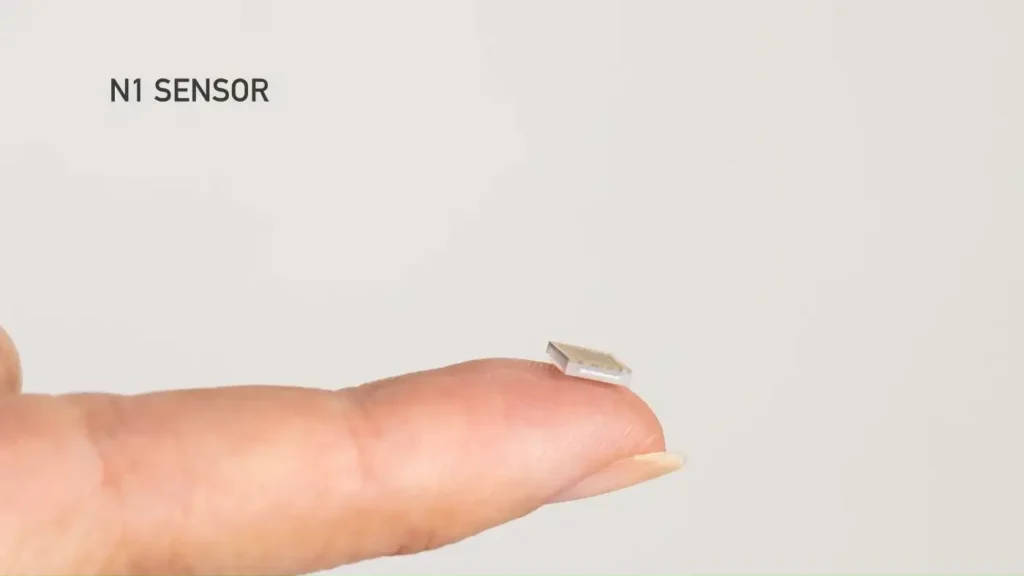Introduction
Neuralink is a neurotechnology company founded by Elon Musk in 2016 to develop implantable brain-machine interfaces. The company aims to create devices that can be implanted in the human brain, allowing for a direct connection between the brain and a computer. This technology has the potential to revolutionize the way we interact with technology and could have a wide range of applications, from medical treatments for neurological disorders to enhancing human capabilities. In this blog post, we will explore what Neuralink is, its goals, and the potential applications of this cutting-edge technology.
What is Neuralink?
The company’s primary goal is to assist individuals with paralysis in regaining independence through the control of computers and mobile devices. The devices are designed to facilitate easy communication through text or speech synthesis, internet exploration, and the expression of creativity through various mediums such as photography, art, and writing.
The company’s flagship product, The Link, is a small chip about the size of a coin that would be surgically implanted in the skull and connect wirelessly to a small computer worn behind the ear, which would then connect to the internet and other devices. It’s safe to say The Link is just the starting point for Neuralink’s technology, as the company aims to increase the channels of communication with the brain, accessing more brain areas and new kinds of neural information.
In addition to developing The Link, Neuralink is also working on developing new materials for the implant, such as flexible and biocompatible electrodes, and researching new ways to interface with the brain, such as optogenetic, which uses light to control the activity of neurons. We will be focusing mainly on The Link device in this blog post, however.
How does Neuralink technology work?
The Link, Neuralink’s brain-machine interface device, uses small electrodes implanted into the brain to record the electrical activity of neurons. This information is then sent to a computer for analysis, which uses it to control external devices such as a robotic arm or a computer cursor. The electrodes are made of a flexible, biocompatible material that can detect the electrical signals, also called “spikes” or “action potentials”, produced by neurons when they communicate with one another. The chip processes the signals from the electrodes and sends them wirelessly to a small computer worn behind the ear, which would then connect to the internet and other devices.

The small computer behind the ear is attached to the chip through small wires. Courtesy of Neuralink
For the chip to be implanted, Neuralink is working on developing a robotic surgical system that can accurately place the electrodes into the brain without causing damage, and a wireless communication system that can transmit the data from the electrodes to the computer without the need for a physical connection.
The robotic surgical system is designed to accurately place the electrodes into the brain without causing damage. It uses a needle the size of 24 microns to “sew” the wires from the Neuralink chip into the brain, which is a less invasive method compared to traditional brain surgery.
The wireless communication system is also an important aspect of the technology, as it enables data to be transmitted from the electrodes to the computer without the need for a physical connection. This eliminates the need for a wired connection between the brain and the computer, making the technology more practical and user-friendly. Neuralink has not yet released specific details on the type of Bluetooth system used in the chip, however.
Applications of Neuralink Technology
The applications of Neuralink’s “The Link” device are primarily focused on medical and therapeutic uses. While the technology is still in development and has not yet been tested on humans, it is important to note that Neuralink has been conducting animal testing, specifically on monkeys, to demonstrate the capabilities and safety of their chip.
Using the chip to control a robotic arm, monkeys were set to perform tasks such as reaching for and grasping objects, thus restoring motor function for those with paralysis. The chip was even used to translate brain activity into speech within monkeys, which serves as a stepping stone to assist with communication for individuals with speech impairments.
Since clinical trials have not begun yet, as previously stated, the applications of the chip are visibly limited to what is stated in Neuralink’s mission statement. This is not to say that the chip does not have a large potential for more than just restoring control among individuals with neurological disorders, for example. The technology is still in development and the full range of potential applications is yet to be known.
Key Takeaways
- Restoring motor function in individuals with paralysis: The device can be used to control a robotic arm or other assistive devices, allowing individuals with paralysis to perform daily tasks and improve their quality of life.
- Treatment of neurological disorders: The device has the potential to be used in the treatment of conditions such as Alzheimer’s disease, Parkinson’s disease, and depression.
- Communication: The device could also be used to help individuals with speech impairments or locked-in syndrome to communicate more effectively.
- Human enhancement: The device could also be used to enhance human cognitive and physical abilities, such as memory or the ability to control devices with thoughts.
Where does Neuralink technology stand?
Neuralink’s technology is still in development and human trials have not yet begun. The company has stated that it plans to begin human trials in 2023, however, it is still awaiting approval from the Food and Drug Administration (FDA).
As with any new technology, it is crucial to consider the potential risks and benefits before moving forward with clinical trials. It is important to ensure that the technology is safe and effective before it is used by humans. Additionally, it is essential to consider the ethical implications of the technology, such as ensuring informed consent and protecting the rights of study participants. Even if the technology is approved by the FDA, it would still need to go through an extensive testing process before it would be available for widespread use.
Conclusion
In conclusion, Neuralink’s “The Link” device is a cutting-edge brain-machine interface technology with the potential to revolutionize the field of neuro-prosthetics by assisting individuals with paralysis to regain independence and improve their quality of life. While the technology is still in development and human trials have not yet begun, it has promise for future medical and therapeutic applications. It’s important to consider the ethical implications and ensure safety before moving forward with human trials. The future is exciting for this technology and its potential impact on the lives of people with neurological disorders.
External Sources
Below are some additional sources that you might want to read to expand your knowledge on this novel technology:

